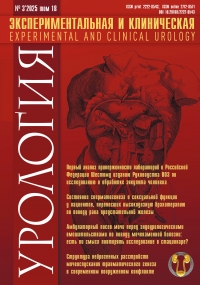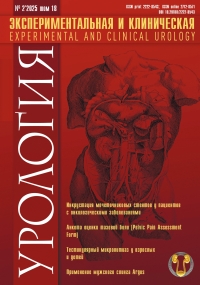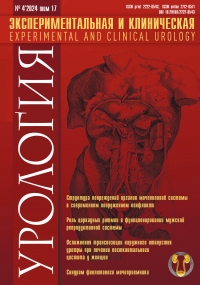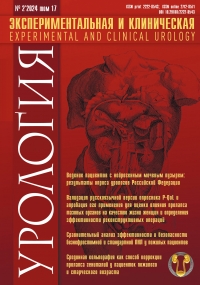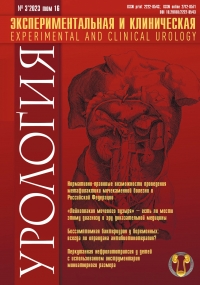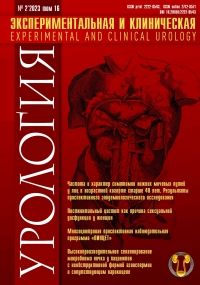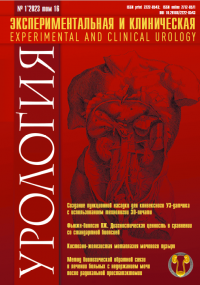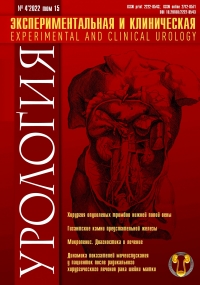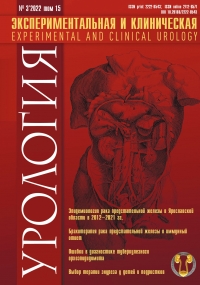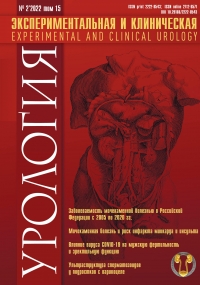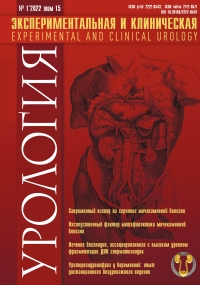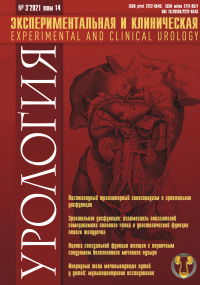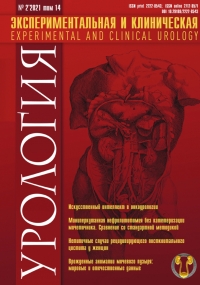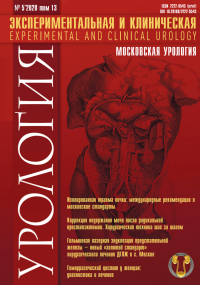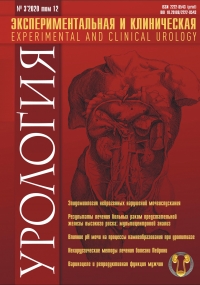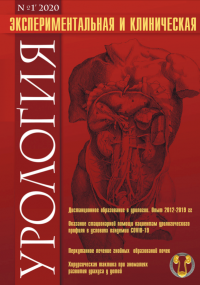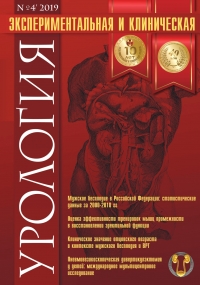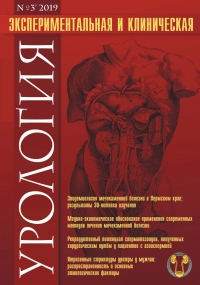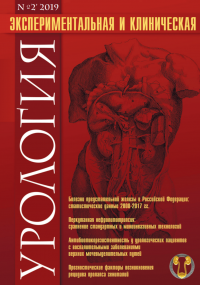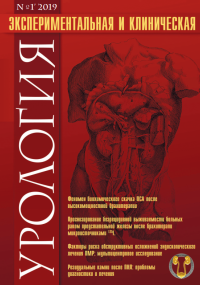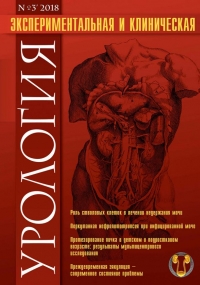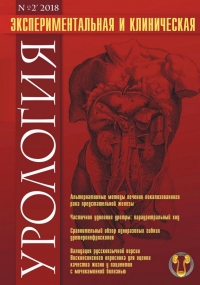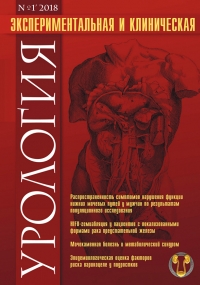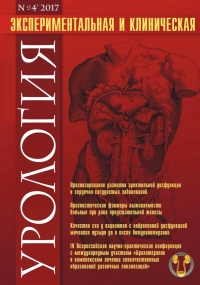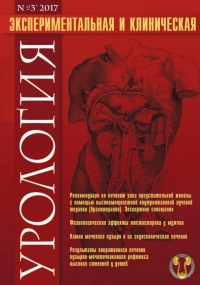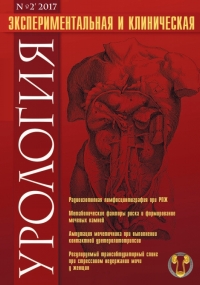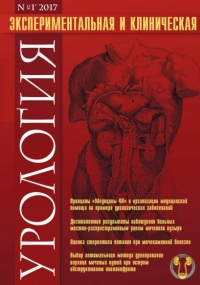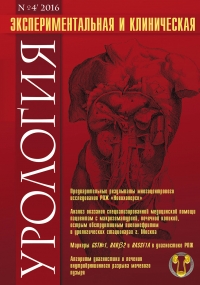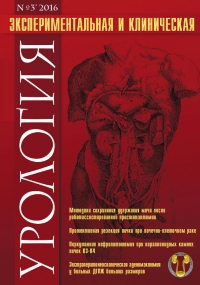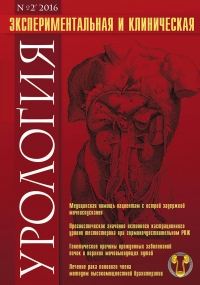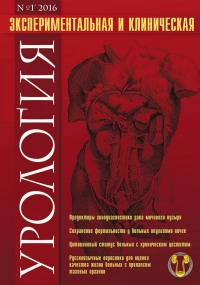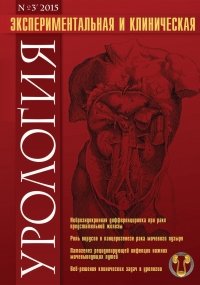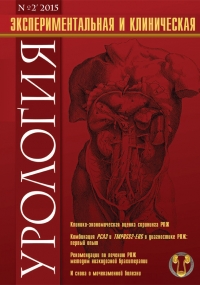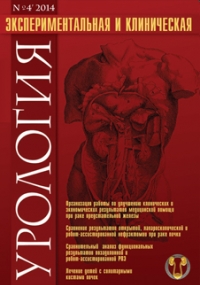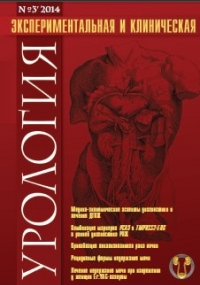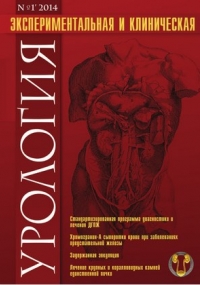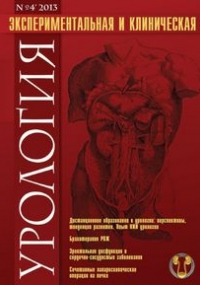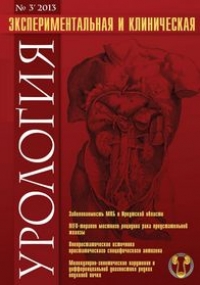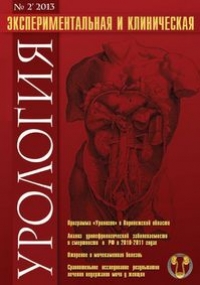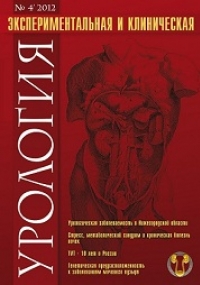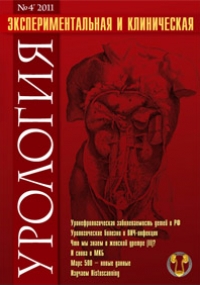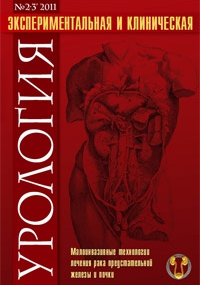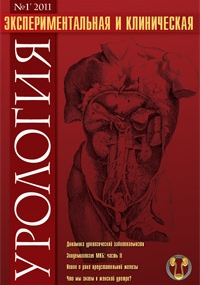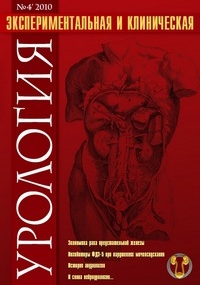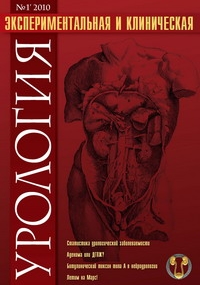Experience of testicular prosthetics in children and adolescents: the results of a multicenter study
- I.S. Shormanov – Dr. Sc., professor, head of the department of urology with nephrology, FSBEI HE YAGMU, Ministry of Health of the Russian Federation, Yaroslavl, e-mail: i-s-shormanov@yandex.ru
- D.N. Schedrov – Ph.D., Head of the Department of Pediatric Urology and Andrology, Yaroslavl. e-mail: shedrov.dmitry@yandex.ru.
- S.V. Kulikov – Dr. Sc., associate professor of the Department of Pathological Anatomy of the Federal State Budgetary Educational Institution of Higher School of Medicine, Ministry of Health of the Russian Federation, Yaroslavl.
- S.Yu. Komarova – PhD, associate professor, Department of Pediatric Surgery, FSBEI VO UGMU, Ministry of Health of Russia, Yekaterinburg. e-mail: urokom@yandex.ru.
- V.V. Sizonov – Dr. Sc., professor of the Department of Urology and Human Reproductive Health with a course of Pediatric Urology and Andrology of FSBEI HE Rostov State Medical University, Head of the Department of Pediatric Urology and Andrology, Rostov-on-Don State Medical Institution, e-mail: vsizonov@mail.ru.
- I.M. Kagantsov – Dr. Sc., professor of the Department of Surgical Diseases, FSUE of HE Pitirima Sorokina ”, Head of the Department of Urology, State Directorate of the Russian Children's Clinical Hospital, Syktyvkar. e-mail: ilkagan@rambler.ru.
- D.E. Sablin – pediatric urologist-andrologist, GBUZ AODKB, Arkhangelsk.
- N.V. Markov – PhD, Associate Professor, Department of Pediatric Surgery, NSMU, Arkhangelsk.
- A.A. Sobolevsky – urologist-andrologist MONIKI, Moscow
- P.N. Polyakov – pediatric urologist-andrologist,, St. Mary Magdalene State Children's Hospital No. 2, St. Petersburg
- K.Yu. Okopny – pediatric urologist-andrologist, Clinical Hospital, St. Petersburg
 2022
2022 The article is devoted to the problem of testicular prosthesis in childhood and adolescence. Analyzed 345 such operations of the eight clinics of pediatric urology. The generalized experiencewith the definition of the most rational terms of prosthetics, evaluation of indications and conditions that led to prosthetics, recommendation of optimal accesses and methods of operation, aswell as postoperative management. The analysis of complications in prosthetics, their structure, causes, methods of prevention and tactics in the loss of the implant.
It is shown that the most common indication for prosthesis is the twisting of the testis and cryptorchidism with the loss of gonads, less monorchism, anarchism, neoplasms and other condition. The optimal age for prosthetics is 16-17 years. What is associated with the least number of complications and the possibility of correction of the condition before passport maturity. The operation wound irrationally. The most profitable is technically inguinal access. From the range of implants should be given preference to modern areactive silicone, which is accompanied by the best results. It is shown that the course of antibiotic therapy does not reduce the risk of complications in comparison with a single antibiotic prophylaxis. The development of complications is accompanied by more than half of the cases of implant loss. The prevention of complications are: rationally formulated indications, the optimal age for the operation of 16-17 years, the preference of the inguinal access, as the delicate handling of the tissues of the scrotum, adequate selection of the size of the implant. With the development of complications that require removal of the implant, most patients do not have a moral readiness for re-operation.
Authors declare lack of the possible conflicts of interests.
| Attachment | Size |
|---|---|
| Download | 236.48 KB |


